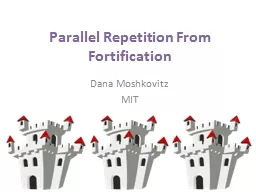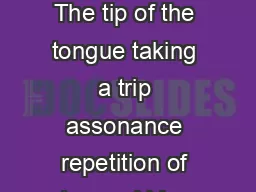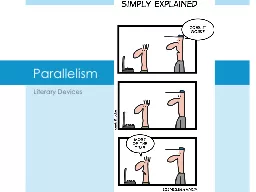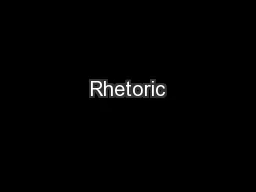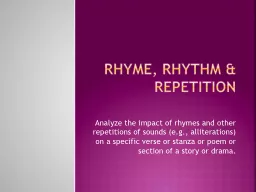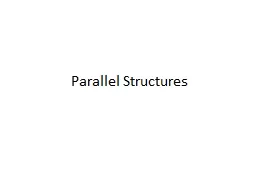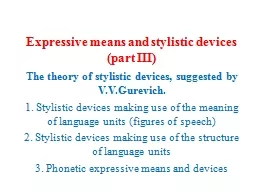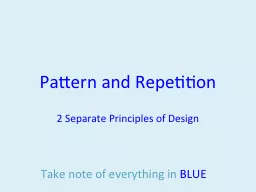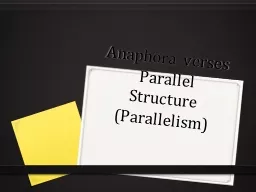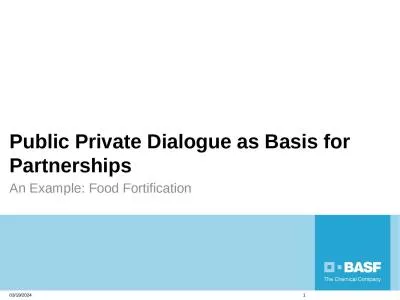PPT-Parallel Repetition From Fortification
Author : trish-goza | Published Date : 2017-04-24
Dana Moshkovitz MIT Coloring Two Prover Projection Game Given graph GVE Pick uniformly vV and two edges vu vu E Each prover gets an edge Answers colors
Presentation Embed Code
Download Presentation
Download Presentation The PPT/PDF document "Parallel Repetition From Fortification" is the property of its rightful owner. Permission is granted to download and print the materials on this website for personal, non-commercial use only, and to display it on your personal computer provided you do not modify the materials and that you retain all copyright notices contained in the materials. By downloading content from our website, you accept the terms of this agreement.
Parallel Repetition From Fortification: Transcript
Download Rules Of Document
"Parallel Repetition From Fortification"The content belongs to its owner. You may download and print it for personal use, without modification, and keep all copyright notices. By downloading, you agree to these terms.
Related Documents

